Does your piglet feed overestimate protein digestibility?
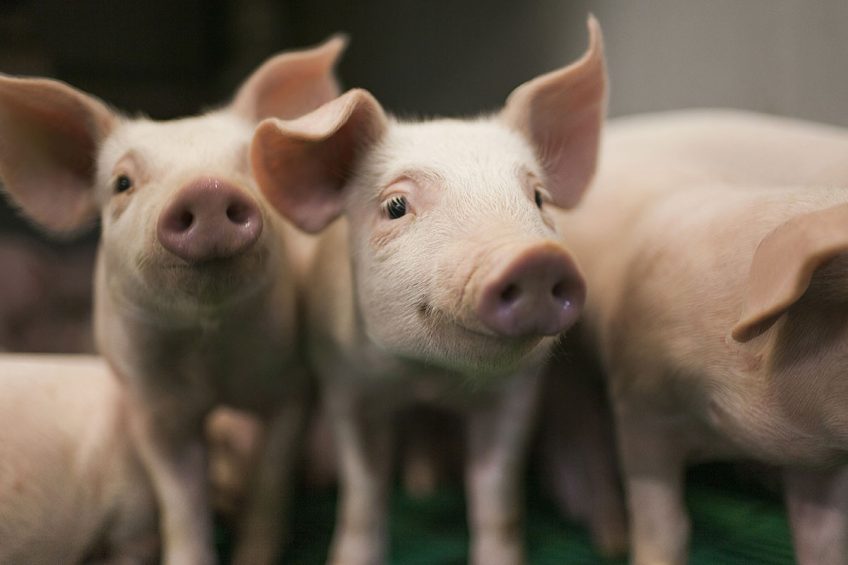
New meta-analysis suggests typical feed formulations use the wrong values.
Protein digestibility is a primary concern when formulating feed for weaned piglets. But the fact is that most current formulation practices don’t get it right. The reason is that they use digestibility values based on growing and finishing pigs – and, in doing so, over-estimate the digestibility of raw materials in younger animals.
Age-related differences in nutrient digestibility
To evaluate age-related differences in nutrient digestibility, Hamlet Protein and the Department of Animal Sciences at the University of Illinois teamed up to conduct a meta-analysis of standardised ileal digestibility (SID) data published in 1998-2013.
All the data collected for the analysis covered soy-based ingredients for piglet starter feed. It is clear from the analysis that pig weight does have an impact on the SID of protein and amino acids.
Higher digestibility with low ANF
Table 1 shows the SID of the crude protein (CP) in soy-based ingredients. Here, it can be seen that fermented soybean meal (FSBM) has the lowest SID, followed by de-hulled soybean meal (SBM 48%). Enzyme-treated soybean meal (ETSBM) and soy protein concentrate (SPC) have the highest.
The data clearly documents the impact of processing on the SID value of crude protein in soy-based feed ingredients.
In processing ETSBM, FSBM, SPC and SPI, the objective is to reduce the anti-nutritional factors (ANF) in soybean meal – including antigens, lectins, oligosaccharides and trypsin inhibitors – to a level where young animals can tolerate them. This is reflected in the higher numerical SID for crude protein. The SID of the CP in FSBM, on the other hand, is even lower than SBM.
Pig weight makes a difference
The meta-analysis also investigated the SID of crude protein in animals of different weight. Table 2 shows the results obtained with the crude protein in SBM 48%. Piglets weighing less than 20kg at the start of the experimental period had a significantly lower SID than pigs weighing 20kg and above.
It is as yet unknown whether the age-related change in SID seen with SBM 48% is the same across all raw materials. If the change is not consistent, then the digestibility values for growing and finishing pigs, which are typically used for formulating feed, will rank raw materials incorrectly for young piglets.
Author: Carsten Pedersen, PhD, nutritionist at Hamlet Protein
Join 18,000+ subscribers
Subscribe to our newsletter to stay updated about all the need-to-know content in the pigsector, three times a week. Beheer
Beheer
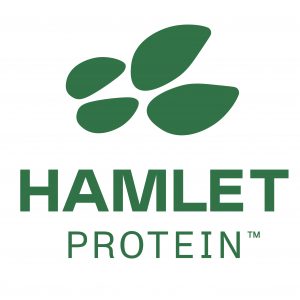
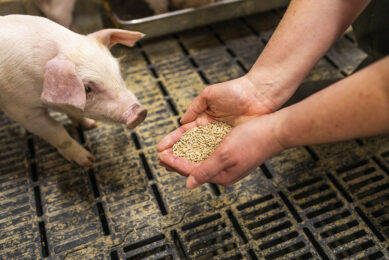
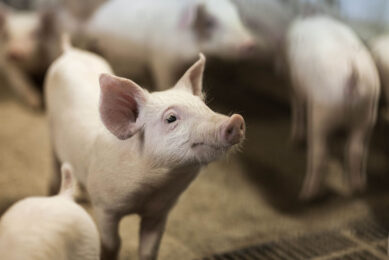
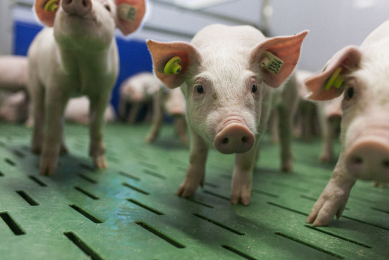
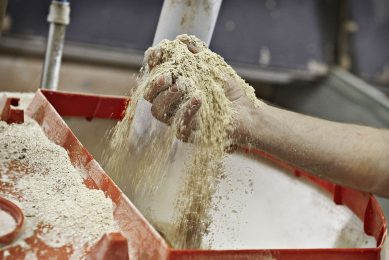
 WP Admin
WP Admin  Bewerk bericht
Bewerk bericht